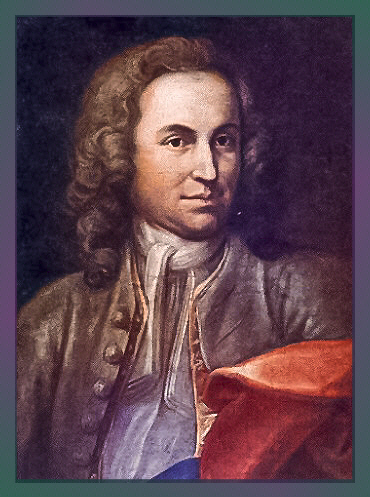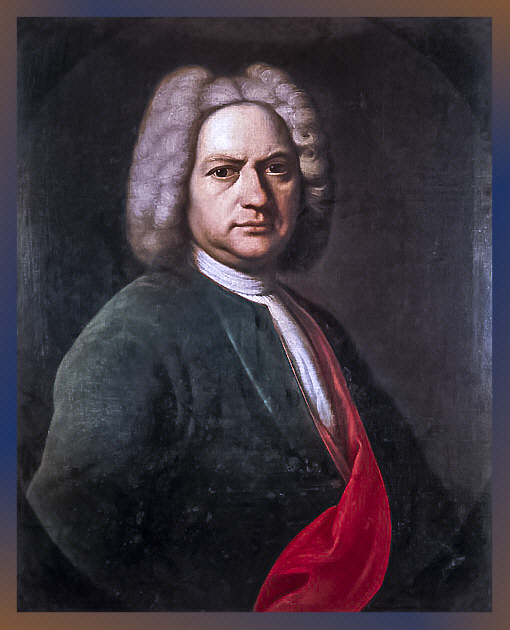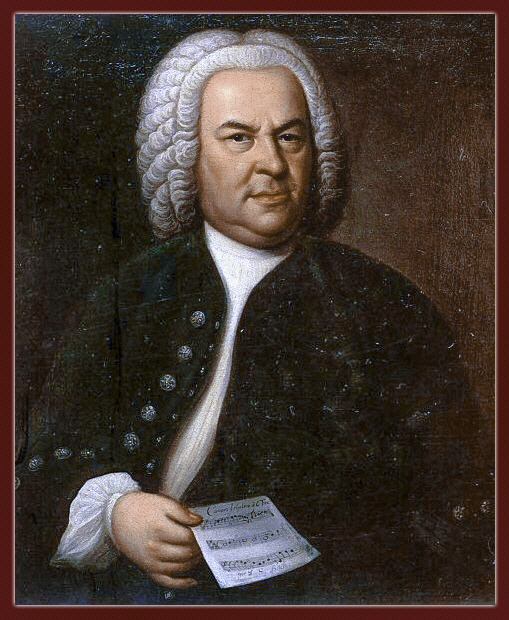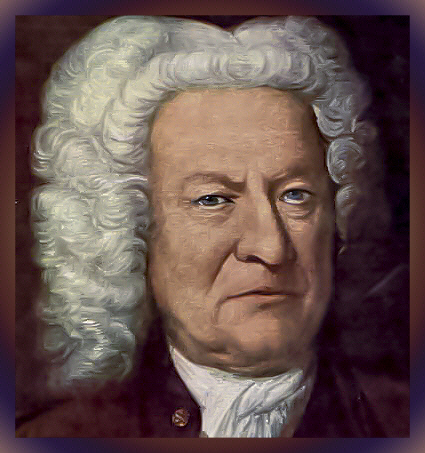
Johann Sebastian Bach
(1685-1750)
Chromatic Fantasia and Fugue in D Minor
~ S. 903
A Transcription for Organ
Notes
.
A reconstruction of the history of S. 903 would
suggest that the fantasia was composed in 1717. There is no known
autograph manuscript from Bach, and the first dated copy was prepared by
Johann Tobias Krebs, father of Johann Ludwig Krebs and one of Bach's coterie
of colleagues and students. The fugue made its first appearance paired
with the fantasia in a copy dating from Bach's early Lepzig years (ca.
1730). Written originally for clavier, S. 903 has made the transition
from clavichord, harpsichord and early pianoforte to the modern piano of the
20th and 21st centuries. It has been offered in multiple published
editions that date from the early 1800s onward, eventually attracting the
attention of Max Reger, who prepared a transcription for pipe organ. The
score offered in this newly reformatted publication from FMP incorporates expressive
keyboard techniques and idiomatic Baroque performance practices of the 18th
Century, often notated in elaborate detail.
.
Why the Bach portrait reproductions
displayed below?
The portraits display a panoramic
perspective of Bach at different stages in his life. The Rentsch portrayal
(athough disputed by some) provides a more youthful view than the other
three images. The Ehle canvas would have dated from his Cöthen tenure. The
third canvas, by Haussmann, was painted and duplicated by the artist
during Bach’s elder years. The fourth image, known by some as the Vollbach
portrait, is of uncertain provenance; it presents a rare and revealing
visage of the composer late in his life.
The canvas is said to have been allotted to one of Bach’s Leipzig
students after his passing: Johann Christian Kittel (1732-1809) went on to
become organist of the Predigerkirche in Erfurt, where the likeness was hung
behind drapes in the organ gallery during his tenure and unveiled for
special guests – as well as for students whose lessons merited the honor.
The quartet presented below offers a visual reminder of the evolution of the
fantasia and fugue over a period of time, a maturation process that can be
found again and again in Bach’s vast repertoire.
Four Bach Portraits
Reconstructions from Internet Public Domain Source Materials
Please consult the URL listings provided below for more information and detail
 Johann Ernst Rentsch (ca. 1715) |
 Johann Jakob Ehle (1720) |
 . Elias Gottlob Haussmann (ca. 1746 & 48) |
 . Ascribed to Elias Gottlob Haussmann (ca. 1750?) |

.
Click picture link above for Bach S. 903
Complimentary PDF File Download
URLs
for Internet postings of photographic portrait images and texts
http://web.archive.org/web/20110814170129/http:/www.npj.com/thefaceofbach/08w828.html
http://web.archive.org/web/20110716074259/http://www.npj.com/thefaceofbach/09w624.html
Johann Sebastian BACH:
Portrait in Old Age
.
N.B.
FMP
apologizes in advance for any incursions into
protected domains and/or copyrights:
upon notification and reasonable request, any
improperly posted entry can and will be amended
or removed.
Please consult contact addresses listed on the Home Page.